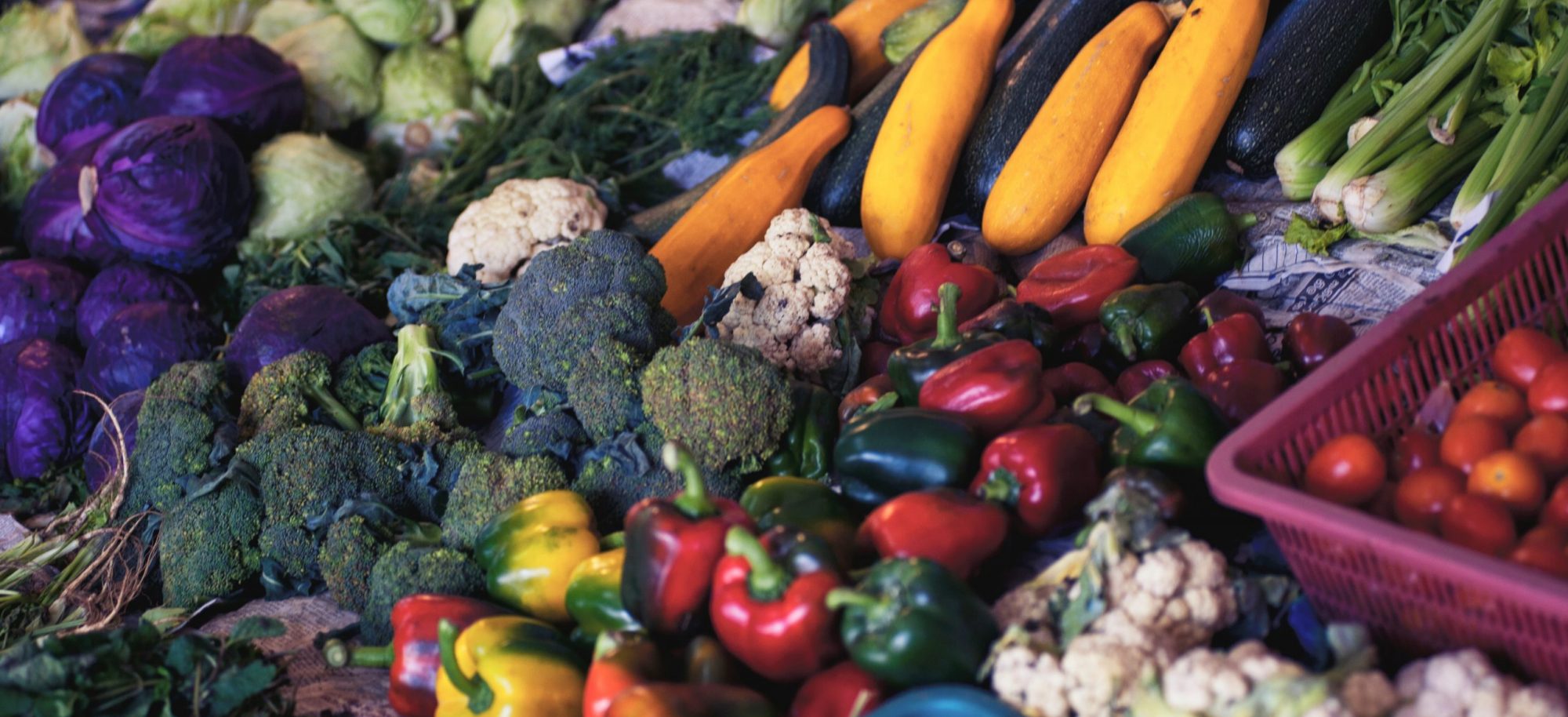Through the various steps of our methodology we found that in 2014, Kern County did undergo a more severe drought than 2007. Although unlike our hypothesis, a more severe drought did not yield less crops in Kern. In 2014, more almonds and pistachios were planted by farmers as they were considered more drought tolerant crops, producing modest yields with very little water. In comparison to oranges and alfalfa, grapes were considered as drought tolerant crops although they are not completely tolerant to drought conditions. Extended periods of high stress on the crops can cause vines to stop producing fruits. Irrigation and farming practices have also changed within the years which aid in creating a higher yield of crops.
A more severe drought period did not yield less crops as there were more changes in the agricultural plot lands than expected. This was confirmed in our spatial analysis where we found that the changes in crops and agricultural plot lands played a larger role in the effects of 2014s crops than drought. From 2007 to 2014, there have been several agricultural plots that have expanded, reduced, lost, or converted into. Kern is a relatively large county in the State of California, but most of its agricultural lands typically falls within one drought classification category. Thus the scope of our spatial analysis was limited due to small differentiation of drought conditions within the county at a given date.
Even though there was an increase in the number of agricultural plots, NDVI images show there is a decline in crop vegetation health. Drought in California is not unheard of, and for a county like Kern where agriculture is a primary source of revenue, adapting to climate conditions is what they do best. Thus although crop health decreased, the county invested in more farmland and came out at the end of the year making more money than 2007.
In regards to limitations of our spatial analysis, we found that focusing on one county limited the scope of our analyses due to little variation in drought within a county at a given date. We also found that using two dates that are seven years apart yielded several changes in agricultural lands which may have affected the scope of our project. Thus either choosing dates that are closer together, or choosing more than two dates is suggested for further studies.
In terms of NDVI limitations there are several. First, the Landsat images used were from two different satellites, Landsat 5 TM and Landsat 8 OLI . This may affect the quality of the data retrieved. Second, Kern County encompasses more than just farmland, it also includes urban areas, mountainous regions, etc. This would affect our data because non-farmland data is included in the analysis. For example, all of Kern County is evaluated when detecting changes in vegetation cover, not just farmland, which alters our land areas for each class. Third, different crop types have different “healthy” NDVIs due to the fact that they reflect different amounts of visible and near-infrared light. Lastly, in tandem with our previous limitation, the NDVI maps do not take into consideration how the crops have changed, which may be misleading when analyzing the maps without reference to crop type changes between 2007 and 2014.
